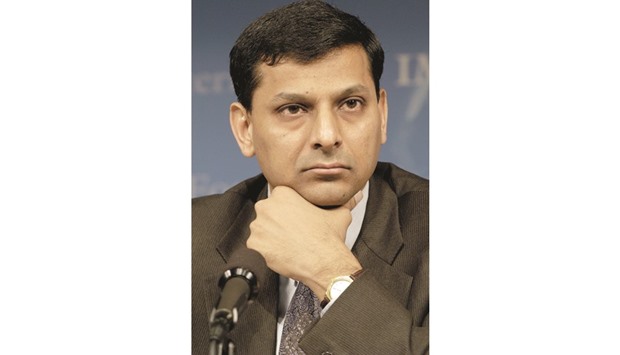Reserve Bank of India governor Raghuram Rajan is seen ramping up bond purchases as foreigners dumping emerging-market assets push short-term money rates to the highest since May.
The central bank began buying debt last month after a gap of almost two years and has injected a total of Rs200bn ($2.9bn) via open market operations on December 8 and January 21. The RBI will purchase an additional $4bn of rupee-denominated notes this quarter, according to the median estimate of seven analysts surveyed by Bloomberg News. Bank of America Merrill Lynch expects as much as $12bn to be injected in the fiscal year ending March.
The cash squeeze is worsening as global investors pulled $1.8bn from Indian stocks this month and as Prime Minister Narendra Modi curbs spending to meet budget goals. The benchmark 10-year yield climbed towards the highest since August, the government missed its target at bill auctions on January 6 and January 27, and underwriters rescued bond sales three times in two months.
“The global market turbulence has weighed on the liquidity situation in India,” said Rohit Arora, an interest-rate strategist at Barclays in Singapore. “The outlook will depend a lot on risk sentiment and flows from here.”
The yield on three-month commercial paper has climbed 113 basis points since September 30 to 8.64% as of 3:23 pm in Mumbai, according to data compiled by Bloomberg. It closed at 8.68% on Monday, the highest since May. The benchmark 10- year yield has risen 25 basis points in the period to 7.79%. India’s markets were shut Tuesday for a holiday.
Morgan Stanley estimates average banking-system liquidity was in a deficit of $17bn as of January 18, compared with a surplus in September. India Ratings & Research Pvt., the local arm of Fitch Ratings, estimates the shortfall will remain above Rs1.5tn through March. Bank of America Merrill Lynch estimates the gap will be about Rs1.8tn in March, and could widen to Rs2.6tn unless the RBI adds cash.
In addition to conducting open-market operations, the central bank has also injected cash by selling repurchase agreements. The RBI added Rs218.5bn via eight-day repos and 15-day contracts on Monday, the authority said in separate statements.
The outflows have also taken a toll on the rupee, which has slumped 2.7% this month in Asia’s worst performance. India’s currency reserves fell $2.8bn in the two weeks ended Jan. 8, suggesting central bank intervention.
“If the RBI remains proactive in its approach and conducts a series of bond buybacks in coming weeks, it would be viewed positively by the bond market,” Vivek Rajpal, an interest-rate strategist at Nomura Holdings in Singapore, wrote in a January 19 report. “This will also help rates in de-correlating with other asset classes in case of a global risk-off
environment.”

Rajan: Ramping up bond purchases.
